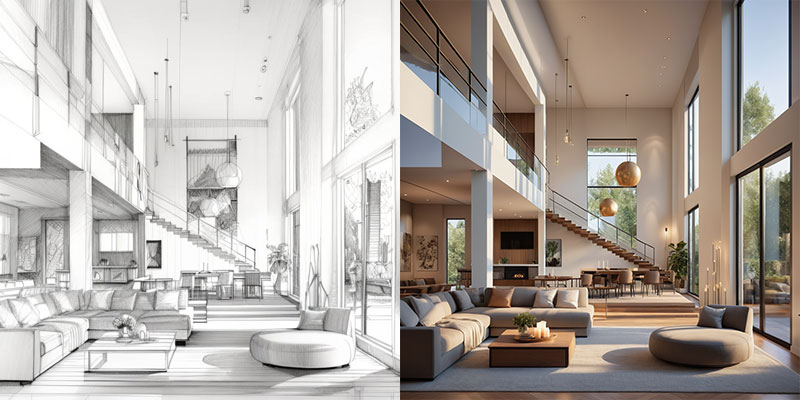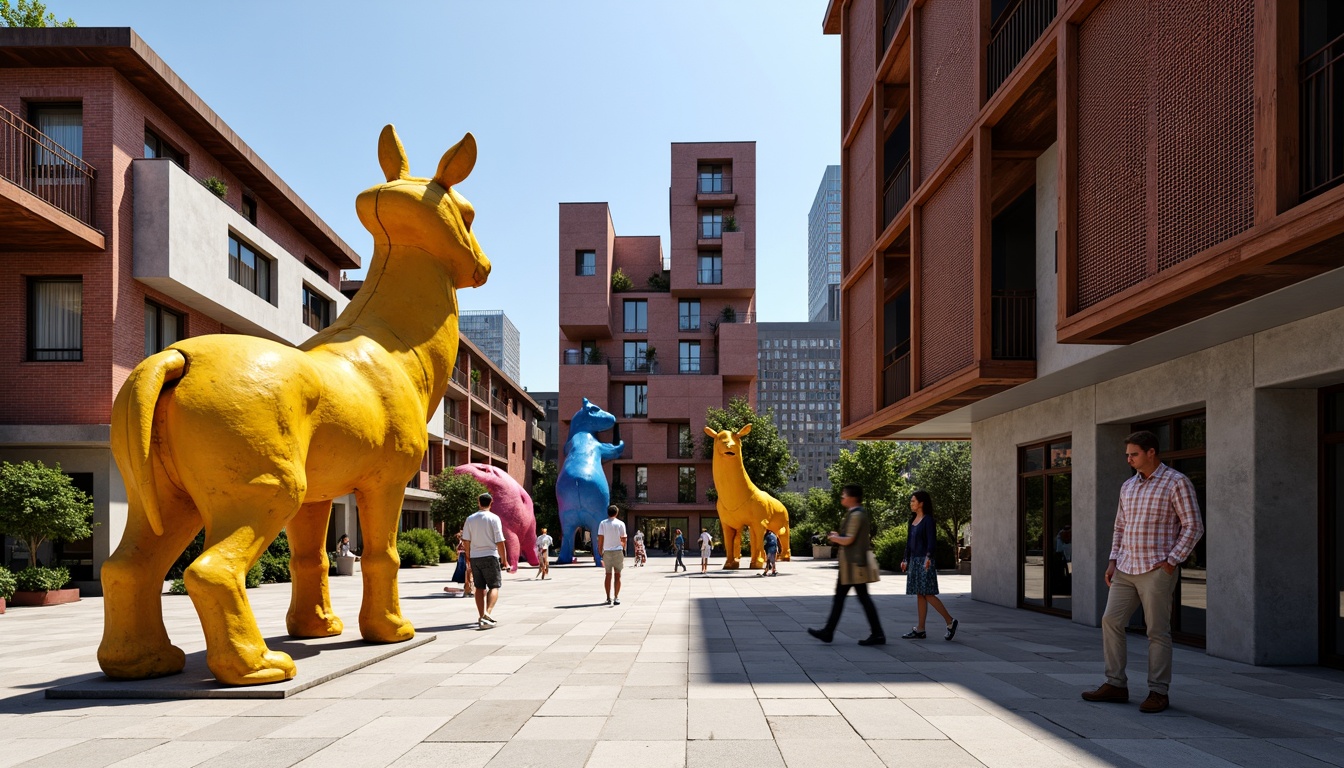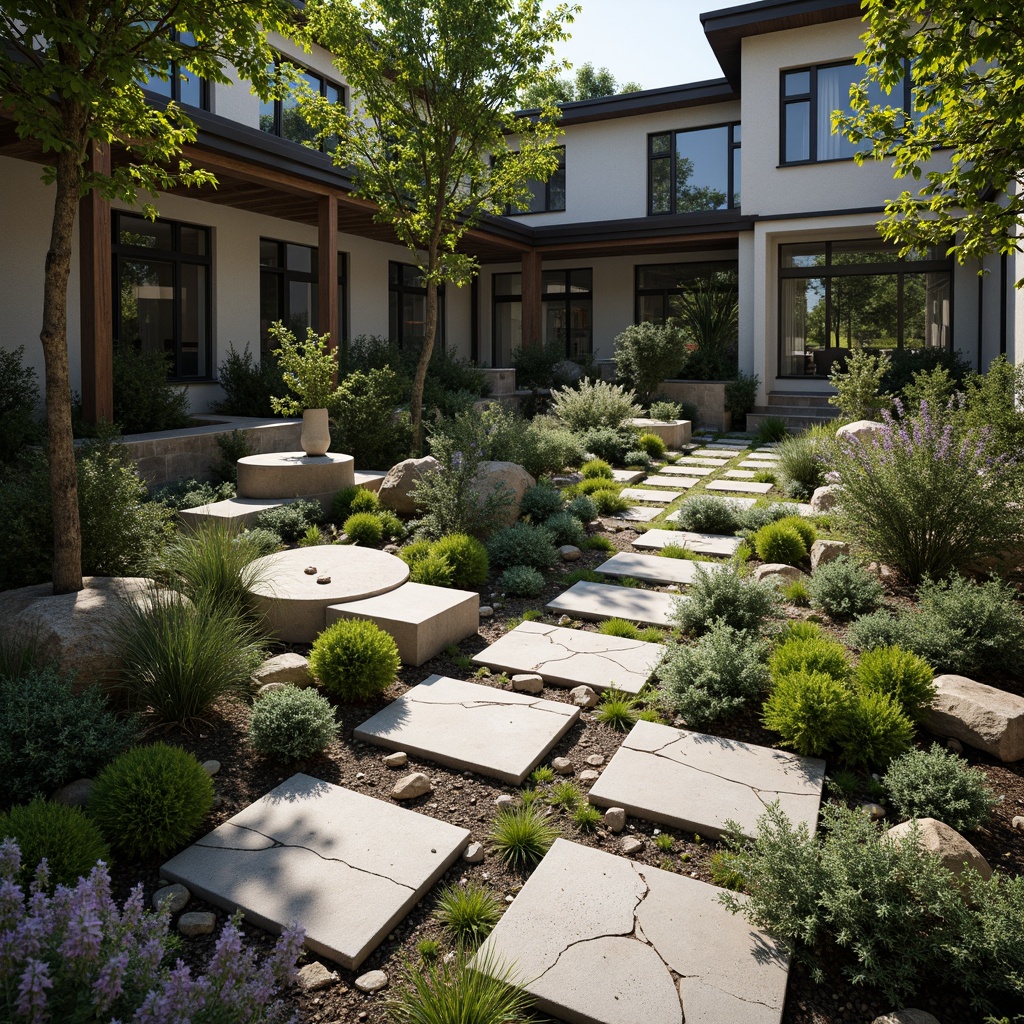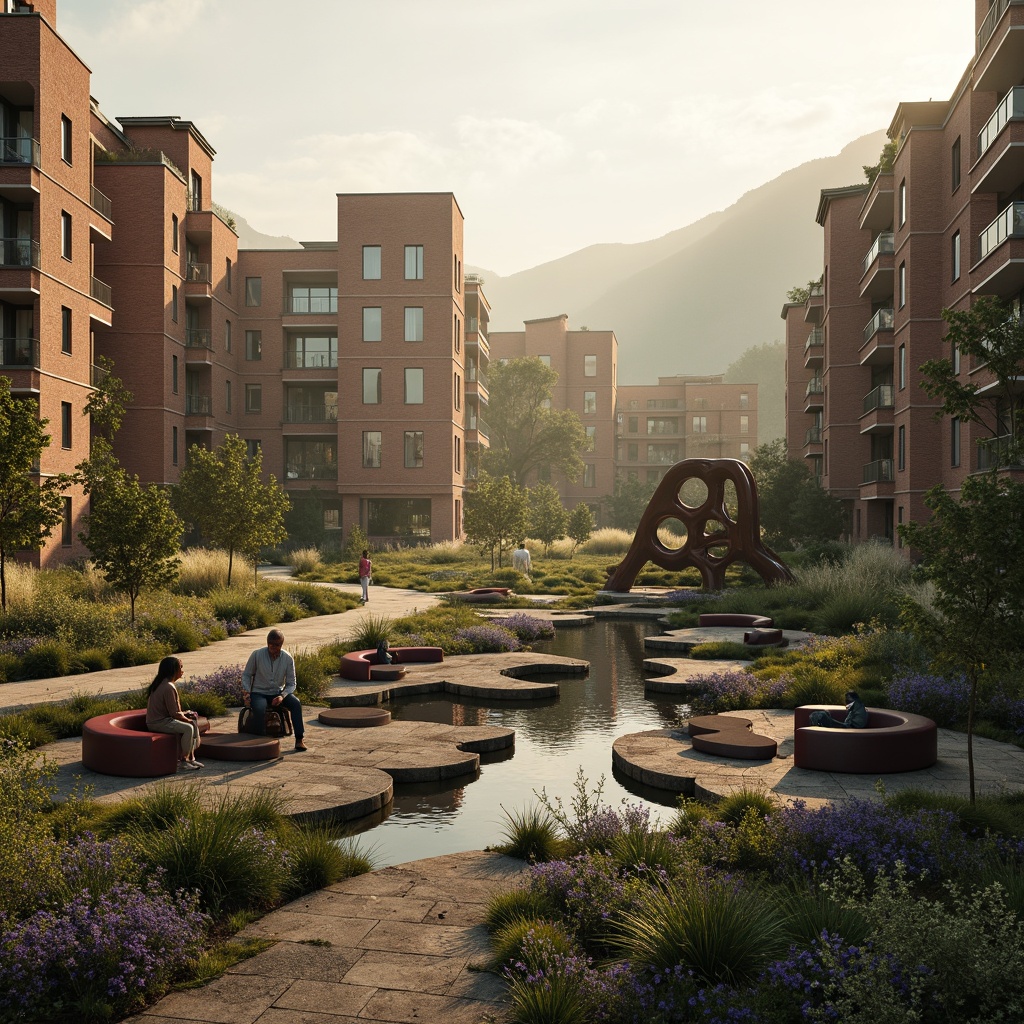Invite Friends and Get Free Coins for Both
Zoo Deconstructivism Style Architecture Design Ideas
Explore the fascinating realm of Zoo Deconstructivism style architecture, where unconventional forms and innovative materials converge to create stunning visual experiences. This unique design approach often employs concrete as a primary material, complemented by a striking sapphire color palette that enhances the overall aesthetic. With a focus on island structures, these architectural designs aim to blend functionality with artistic expression. Dive into a collection of inspiring ideas that redefine traditional architectural norms and open new avenues for creativity in your projects.
Facades in Zoo Deconstructivism Style Architecture
The facades of Zoo Deconstructivism style buildings are characterized by their bold, fragmented forms and dynamic shapes. Utilizing concrete materials, these facades create a striking contrast against their surroundings. The sapphire color, often integrated into the design, adds a unique touch that captures the eye and emphasizes the deconstructivist ethos. These facades not only serve as protective barriers but also as artistic statements that challenge traditional architectural conventions.
Prompt: Vibrant animal sculptures, abstract geometric shapes, bold primary colors, irregular building forms, fragmented fa\u00e7ades, metallic mesh materials, rusted steel accents, brutalist concrete textures, avant-garde design elements, eclectic ornamentation, whimsical architectural details, dynamic spatial relationships, playful visual contrasts, dramatic shadows, high-contrast lighting, abstract photography composition, 1/1 aspect ratio, sharp focus on textures.
Prompt: Vibrant animal enclosures, irregular metal frameworks, fragmented glass facades, abstract sculptural elements, bold colorful murals, dynamic curved lines, playful geometric shapes, rusted steel textures, reclaimed wood accents, organic natural forms, exotic plant species, misty atmosphere, soft diffused lighting, shallow depth of field, 1/1 composition, wide-angle lens, high-contrast colors, realistic reflections.
Prompt: Vibrant animal enclosures, irregular fragmented forms, bold angular lines, dynamic curves, contrasting textures, exposed ductwork, raw concrete walls, industrial-style pipes, distressed metal cladding, eclectic mix of materials, organic-inspired shapes, futuristic lighting systems, dramatic shadows, intense colors, abstract patterns, biomimicry elements, urban jungle atmosphere, misty morning light, shallow depth of field, 1/2 composition, cinematic view.
Landscaping Considerations for Deconstructivist Architecture
Landscaping plays a crucial role in enhancing the overall impact of Zoo Deconstructivism style buildings. The use of native plants and innovative design elements can create a harmonious relationship between the constructed environment and nature. The landscaping should complement the disjointed forms of the architecture, providing a softening contrast that invites exploration. Thoughtful landscaping can transform the surrounding space into an extension of the architectural vision.
Prompt: Fragmented landscape, irregular shapes, abstract plant forms, distorted water features, winding pathways, rough stone textures, corten steel accents, weathered wood tones, industrial lighting, harsh shadows, dramatic contrasts, bold color schemes, experimental vegetation, asymmetrical compositions, 2.5D perspectives, low-poly modeling, atmospheric fog effects, cinematic camera angles, avant-garde sculptures, postmodern ornaments, deconstructivist architectural elements, fractured geometries, juxtaposed materials, provocative art installations, surreal ambiance, dreamlike atmosphere, unconventional spatial relationships.
Prompt: Fragmented terrain, irregular shapes, broken concrete paths, abstract sculptures, twisted metal art pieces, overgrown vegetation, wildflowers, weathered wooden benches, distressed stone walls, brutalist-inspired architecture, fragmented mirrors, shattered glass, industrial pipes, exposed ductwork, rusted metal accents, moody atmospheric lighting, heavy shadows, cinematic composition, high contrast ratio, gritty textures, subtle color palette, urban decay, abandoned landscape, post-apocalyptic ambiance.
Prompt: Fragmented garden beds, irregular stone paths, abstract sculptures, overgrown vegetation, distressed wood accents, industrial metal fixtures, reclaimed materials, worn concrete surfaces, splintered wooden benches, fragmented mirrors, disjointed water features, meandering walkways, unpredictable plant species, dynamic seasonal changes, dramatic shadow play, high-contrast lighting, moody atmospheric conditions, 1/1 composition, shallow depth of field, realistic textures, ambient occlusion.
Prompt: Fragmented terrain, irregular landforms, abstract sculptures, meandering paths, fractured rock formations, distressed wood accents, rusted metal details, overgrown vegetation, wildflower fields, fragmented water features, reflected light pools, abstract benches, deconstructed walls, disjointed paving, atmospheric fog effects, warm golden lighting, high contrast shadows, shallow depth of field, 2/3 composition, wide-angle lens, realistic textures, ambient occlusion.
Creating Interior Spaces in Deconstructivist Designs
Interior spaces within Zoo Deconstructivism style architecture reflect the external chaos through their unconventional layouts and materials. Concrete walls and open spaces are often utilized to create a sense of fluidity and movement. The interior design can incorporate the sapphire color palette to maintain a cohesive aesthetic. These spaces challenge the norms of traditional design, allowing for unique arrangements that enhance functionality and creativity.
Prompt: Fragmented interior walls, irregular shapes, unconventional materials, reclaimed wood accents, industrial metal beams, exposed ductwork, abstract art pieces, distorted mirrors, avant-garde furniture designs, bold color schemes, dynamic lighting installations, asymmetrical compositions, deconstructed floor plans, fractured spatial divisions, futuristic ambiance, high-contrast textures, innovative storage solutions, kinetic sculptures, layered transparent surfaces, minimalist decor, non-traditional seating arrangements, provocative visual narratives, redefined functional spaces, sculptural staircases, unconventional ceiling treatments, vibrant color blocking, winding circulation paths.
Prompt: Fragmented interior walls, irregular shapes, unconventional materials, abstract art pieces, avant-garde furniture designs, bold color schemes, dynamic lighting effects, asymmetrical compositions, distorted reflections, futuristic ambiance, luxurious fabrics, metallic accents, minimalist decor, oversized windows, panoramic city views, radical architecture, rebellious spirit, splintered wood textures, trendy accessories, urban loft atmosphere, warm industrial tones, 1/1 composition, shallow depth of field, cinematic lighting.
Structural Elements of Zoo Deconstructivism Style Buildings
The structural elements of Zoo Deconstructivism style architecture are essential in achieving the bold, fragmented appearance characteristic of this design movement. Exposed concrete beams and cantilevered sections often dominate the skyline, giving the structures an avant-garde feel. These elements not only provide support but also serve as visual focal points that enhance the overall architectural narrative, embodying the deconstruction philosophy.
Prompt: Exotic animal enclosures, irregular shapes, fragmented forms, bold color schemes, textured concrete walls, metallic mesh screens, asymmetrical compositions, dynamic spatial relationships, overlapping planes, abstract sculptures, futuristic lighting systems, neon accents, industrial materials, reclaimed wood accents, exposed ductwork, brutalist influences, geometric patterns, kinetic installations, immersive exhibits, panoramic views, high-contrast lighting, dramatic shadows, 1/2 composition, atmospheric perspective.Please let me know if this meets your requirements!
Exploring the Color Palette of Deconstructivist Architecture
The color palette of Zoo Deconstructivism style architecture is pivotal in defining its visual impact. The use of vibrant sapphire hues, combined with neutral concrete tones, creates a striking contrast that captivates observers. This thoughtful color selection enhances the architectural forms, drawing attention to the unique characteristics of each structure. By exploring different color combinations, designers can further emphasize the innovative spirit of deconstructivism.
Conclusion
In summary, Zoo Deconstructivism style architecture offers a plethora of design possibilities that challenge traditional norms and embrace innovation. The unique use of concrete materials, striking color palettes, and dynamic forms create spaces that are not only functional but also visually stimulating. This architectural style is perfect for projects that seek to push boundaries, whether in urban settings or natural landscapes. By integrating these design concepts, architects and designers can create captivating environments that inspire and engage.
Want to quickly try zoo design?
Let PromeAI help you quickly implement your designs!
Get Started For Free
Other related design ideas

Zoo Deconstructivism Style Architecture Design Ideas

Zoo Deconstructivism Style Architecture Design Ideas

Zoo Deconstructivism Style Architecture Design Ideas

Zoo Deconstructivism Style Architecture Design Ideas

Zoo Deconstructivism Style Architecture Design Ideas

Zoo Deconstructivism Style Architecture Design Ideas











